Flesh-Eating Bacteria Leaves Eight People Dead as Cases Rise Amid Health Warning
Last updated on
It’s a headline that sounds like something from a horror movie: “flesh-eating bacteria.” When you hear about recent deaths and urgent health warnings, it’s easy to feel worried about your next beach trip. But the truth is, this isn’t a random threat. The risk is very specific, and for most people, it’s extremely low. The key to staying safe is understanding who is truly vulnerable and what simple steps can protect you and the people you love.
What is Vibrio vulnificus and How Does it Spread?
Think of Vibrio vulnificus as a naturally occurring germ that loves warm coastal waters, especially in places where rivers meet the sea. It’s always been there, but as water temperatures climb, it starts to multiply much faster, making it more common during the hot summer months. It doesn’t hunt for people, but we can run into it in two main ways:
- Through an open wound: This is how most infections happen. If you have a cut, scrape, insect bite, or even a new tattoo, and it comes into contact with water where these germs are present, they can get inside your body. An infection can take hold with surprising speed, causing serious pain and swelling within hours.
- By eating contaminated seafood: The other path is through raw or undercooked shellfish, especially oysters. Oysters get their food by filtering huge amounts of water, and in the process, they can collect and concentrate Vibrio germs in their bodies. This is why eating a single raw oyster can be a gamble for certain people.
The good news is that you can’t catch this infection from another person. The only way to get it is directly from the environment—either the water or the seafood from it.
Understanding Your Personal Risk
Here’s the most important thing to know: for healthy people, this bacteria is usually not a major threat. The real danger is for those with specific health issues that give the bacteria a huge advantage inside the body.
The CDC has found that people with these conditions are up to 80 times more likely to get seriously ill. The biggest risk factor, by far, is chronic liver disease from conditions like hepatitis, alcohol damage, or cirrhosis. It all comes down to iron. Vibrio needs iron to grow, and a healthy liver keeps iron levels in the blood on a tight leash. But a damaged liver can’t do that job, letting iron run free. For the bacteria, finding this iron-rich blood is like throwing gasoline on a fire—it allows them to multiply explosively.
Other conditions that can put you at a higher risk include:
- Hemochromatosis: A genetic issue that makes your body hold onto too much iron, creating that same fuel-rich environment the bacteria loves.
- Diabetes: This can weaken your immune system and circulation, making it harder for your body to fight off germs at a wound site.
- Cancer: The disease itself, along with treatments like chemotherapy, can leave your immune system too weak to fight an infection.
- Stomach disorders: If you take medicine that lowers your stomach acid, you have less protection against germs you might swallow in food.
- Any condition that weakens your immune system: This includes HIV, kidney disease, or taking immunosuppressant drugs after an organ transplant.
A Sign of a Warming World: Why Cases Are on the Rise
You may be wondering why this seems to be in the news more often. It’s not just your imagination. Scientific research confirms a direct link between the rise in these infections and our planet’s changing climate.
As ocean temperatures warm, they create a more inviting home for Vibrio vulnificus. The bacteria can now thrive for more months of the year and in places that used to be too cold. According to the CDC, infections in the Eastern U.S. have increased eightfold in recent decades, with the bacteria’s territory moving north at a rate of about 30 miles per year. This is why we now see cases appearing in states like Connecticut and New York, far from their historical home on the Gulf Coast. A warmer world means more opportunities for this germ to grow, which makes understanding how to stay safe more important than ever.
4 Simple Steps to Protect Yourself and Your Family
Because this illness can move so fast, preventing it in the first place is your best bet. A few direct, common-sense precautions can make all the difference and let you enjoy the coast with peace of mind.
- Always cook your shellfish: If you have any of the high-risk conditions, raw oysters are simply not worth the risk. Cooking shellfish kills the bacteria, making them safe to eat. The CDC says to boil oysters for at least five minutes after they open or fry them for 10 minutes at 375°F. At home, use different cutting boards for raw seafood to avoid spreading germs.
- Create a barrier for your skin: If you have a wound of any kind—even a small one—it’s best to stay out of saltwater and brackish water. If you have to go in, use a waterproof bandage to seal the wound off completely. Wearing water shoes can also help prevent cuts from rocks or shells. If you do get cut in the water, get out right away.
- Clean and watch any wounds: If your skin gets exposed to coastal water or juices from raw seafood, wash the area thoroughly with soap and clean water as soon as you can. Pay close attention to it afterward. Signs of infection include redness, unusual swelling, blistering, or pain that seems much worse than the injury itself.
- Don’t wait to get help: If you notice any of those warning signs after being in the water or you get suddenly sick with a fever and chills after eating raw seafood, get medical help immediately. Tell the doctor about your recent activities. When it comes to this infection, every hour matters.
Stay Safe, Not Scared
The ocean is powerful and beautiful, and it deserves our respect. While headlines about “flesh-eating bacteria” can be alarming, they shouldn’t create fear. Instead, they should build awareness. The power to stay safe isn’t found in avoiding the beach, but in the smart, simple choices you make every time you visit the coast—cooking your seafood thoroughly, protecting your skin, and knowing when to seek help.
This knowledge is your best tool. Now that you understand the real risks and who is most vulnerable, you can be a source of calm, life-saving information for your community. Share what you’ve learned with family and friends, especially if they have health conditions that might put them at risk. By replacing fear with facts, we can all enjoy the beauty of the coast, wisely and confidently.
Some of the links I post on this site are affiliate links. If you go through them to make a purchase, I will earn a small commission (at no additional cost to you). However, note that I’m recommending these products because of their quality and that I have good experience using them, not because of the commission to be made.

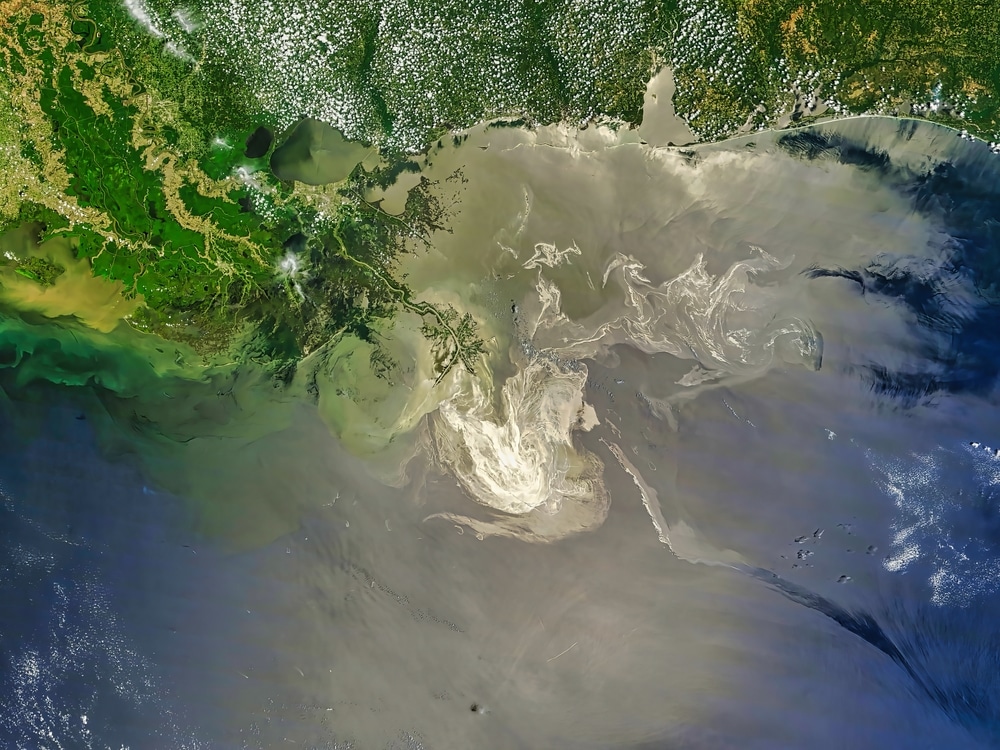
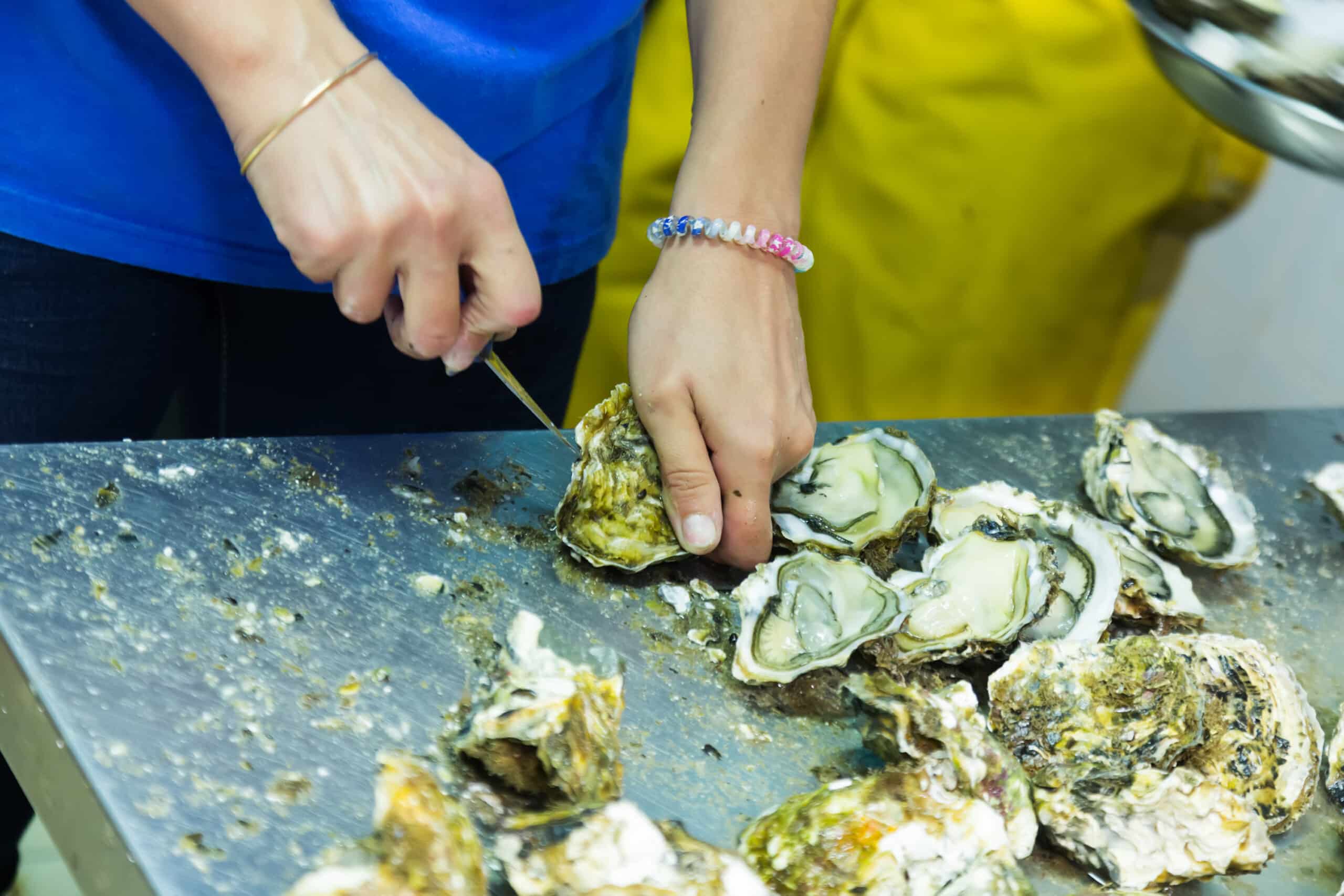
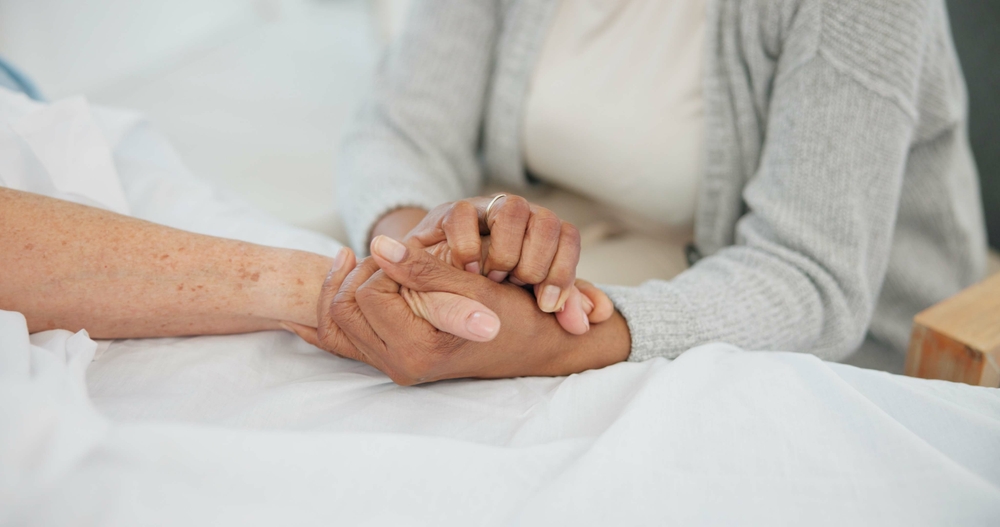

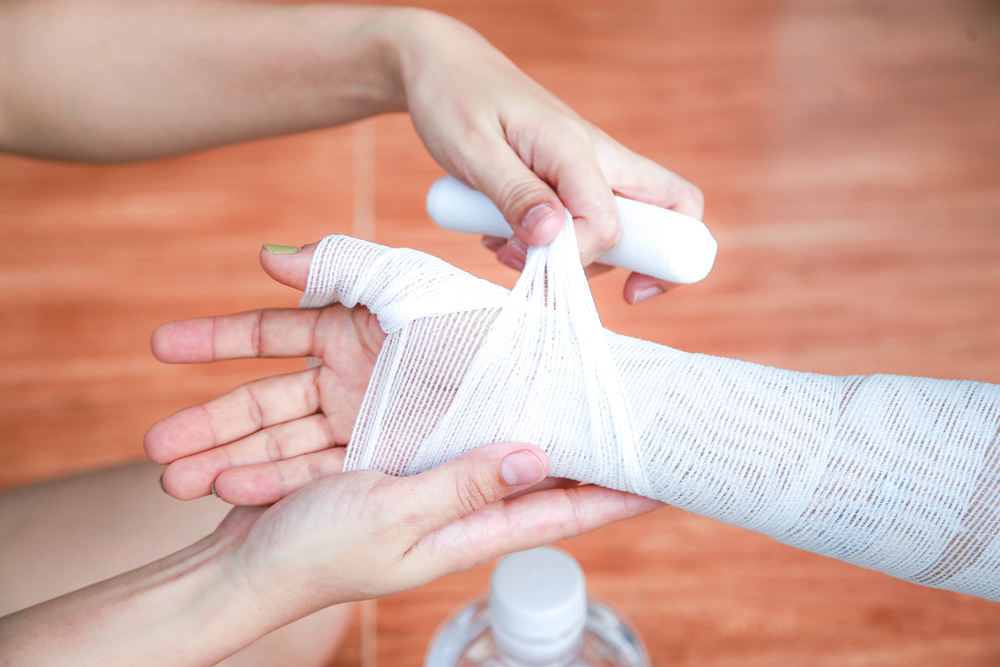
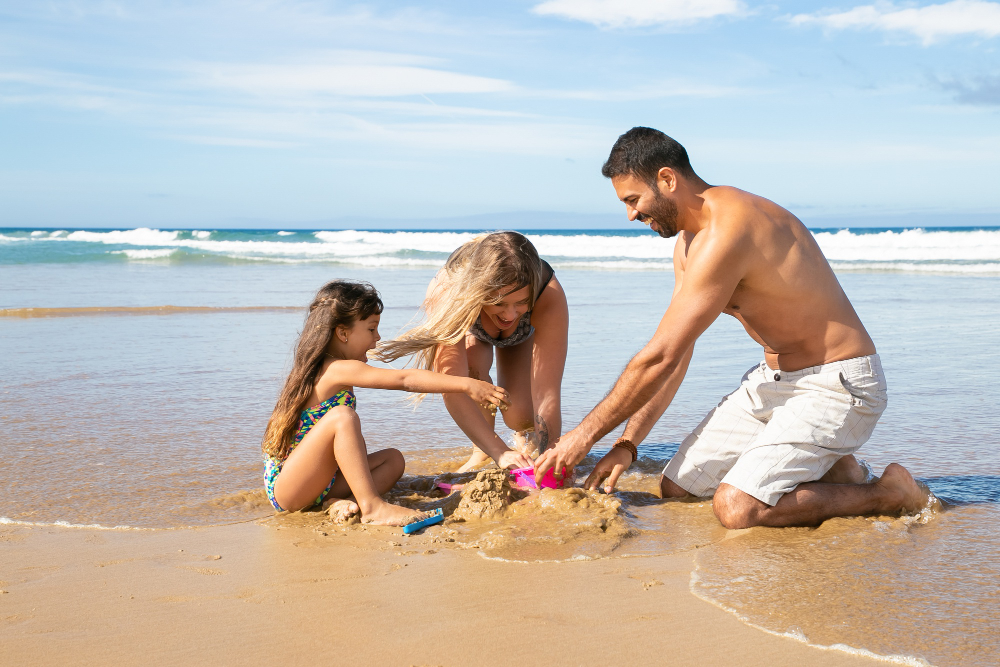



























 JOIN OVER
JOIN OVER
Comments